I've had a pet personal project trying to dig through my Dad's old thesis from 1972 and to reproduce a computational solution that he derived. His project was looking at the kinetics of a transition state for alumina ceramics. After collecting the data, he derived the following model for the kinetic curve of the transition (see attached image from his thesis).
In case the picture doesn't come through, the data form a s shaped curve. To the left of the inflection point t* the data fit the equation
y = A * exp(K*t)
To the right of the inflection point, the data fit the equation
y = 1 - B * exp(-J * t^n)
He wrote up a fortran program using Fortran 68 that does dynamic modeling and least squares fitting for this. I am trying to "update" his code to see if I can do it more efficiently in R. So two questions:
- What is the best way to just plot his model? i.e. how to plot two equations in this manner. I feel like I could do it brute force with base R, but I'm not sure that it will transition between the two equations smoothly.
- In his model, the coefficients A, K, B, J and n as well as the inflection point t* are unknown and are optimized by least squares. He does his modeling in fortran by brute force. Is there a glm or similar solution in R for solving this elegantly?
Here is a sample of the data that he generated:
y <- c(20,30,40,50,55,60,65,70,80,90,100,110,120,150)
t <- c(0.05,0.11,0.185,0.31,0.375,0.445,0.52,0.63,0.8,0.92,0.97,0.98,0.99,0.999)
